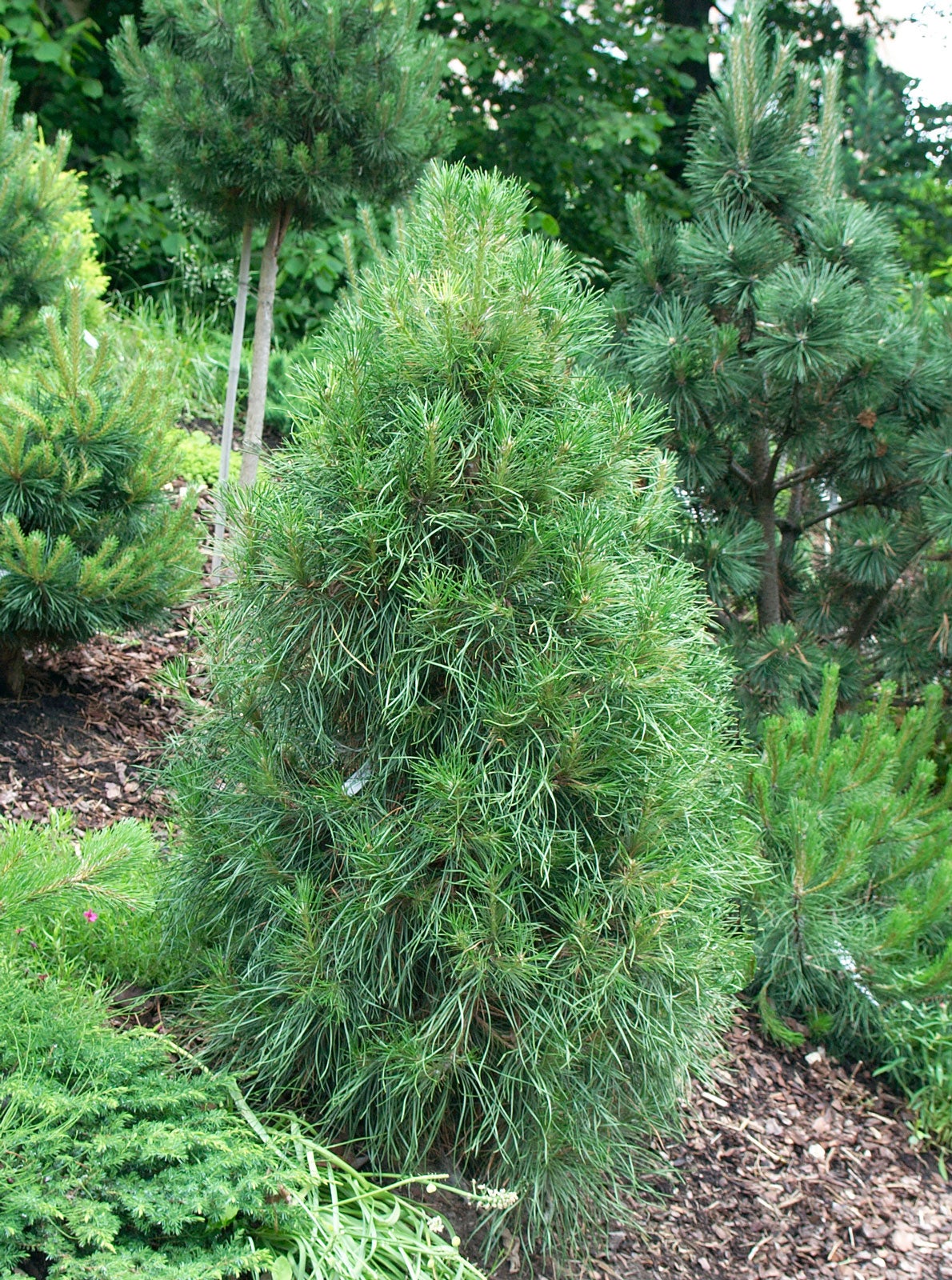Common Northern Conifers: Growing North Central Coniferous Plants


Growing conifers in North Central states is natural. There are several native species including different types of pine, spruce, and fir. Coniferous trees that thrive in this region provide year-round greenery and privacy screening.
They can grow quite tall and, with good care and time, will become striking focal points in your yard or garden.
North Central Coniferous Plants
There are many different types of northern conifers to choose from when planning for your yard and garden. Here are some options for native species and non-native trees that grow well in this region:
- Concolor fir: Also known as white fir, this tree has foliage similar to that of blue spruce. Needles are short and bluish-green. It is hardy to zone 4 and will tolerate alkaline soil.
- American arborvitae: This is a great species for privacy screening and hedging. It is a small-to-medium tree, and there are also dwarf cultivars of arborvitae to choose from.
- Rocky Mountain juniper: This smaller juniper provides good wildlife habitat with food and cover. It is a pretty ornamental tree for smaller spaces.
- Siberian spruce: Siberian spruce is a large conifer that grows between 1 and 3 feet (0.5 to 1 meter) per year. The shape is upright and weeping and the needles have unique silvering on the undersides.
- Scotch pine: Popular as a Christmas tree, the Scotch pine is medium to large and grows in a pyramid when younger, becoming more rounded in shape as it ages. It has attractive, orange-brown, peeling bark and tolerates sandy soils.
- Bald cypress: This is a unique kind of conifer in that it is deciduous. Bald cypress sheds its needles each fall. This is a southern native, but is hardy to zone 4 and tolerates wet soils.
Avoid planting Colorado blue spruce. This tree has long been popular in the Midwest, but the species is in decline due to diseases. Similar alternatives include the concolor fir and some species of dwarf blue spruce.
Growing Northern Conifers
Conifers of the North and Central Region are varied but generally hardy in cold winters. When choosing the right trees for your yard, consider your specific hardiness zone, the maintenance requirements of the tree, and the size to which it will grow.
Make sure your choice is compatible with where you want to grow it and your ability or willingness to maintain and care for the tree.
Most conifers do not need any fertilizer application, but after planting a new tree, it’s a good idea to mulch around the trunk. Water it deeply after planting and continue watering as necessary -when the soil is dry, about 1 to 2 inches (2.5 to 5 cm) down – for the first few years. You may also need to stake your new tree until it is sturdy.
Sign up for the Gardening Know How newsletter today and receive a free copy of our e-book "How to Grow Delicious Tomatoes".
Once established with good roots, your conifer will need little to no maintenance.

Mary Ellen Ellis has been gardening for over 20 years. With degrees in Chemistry and Biology, Mary Ellen's specialties are flowers, native plants, and herbs.